How easy is it to hurt a baby’s soft spot?
A baby’s fontanels may seem easy to hurt, but in reality, they are not that vulnerable. Still, it is very common to worry that one may hurt a baby’s fontanel if accidentally pushed or pressed on with too much force.
Learn all about babies’ fontanels here, including the warning signs that your baby’s soft spots are injured or if there is something wrong with them.
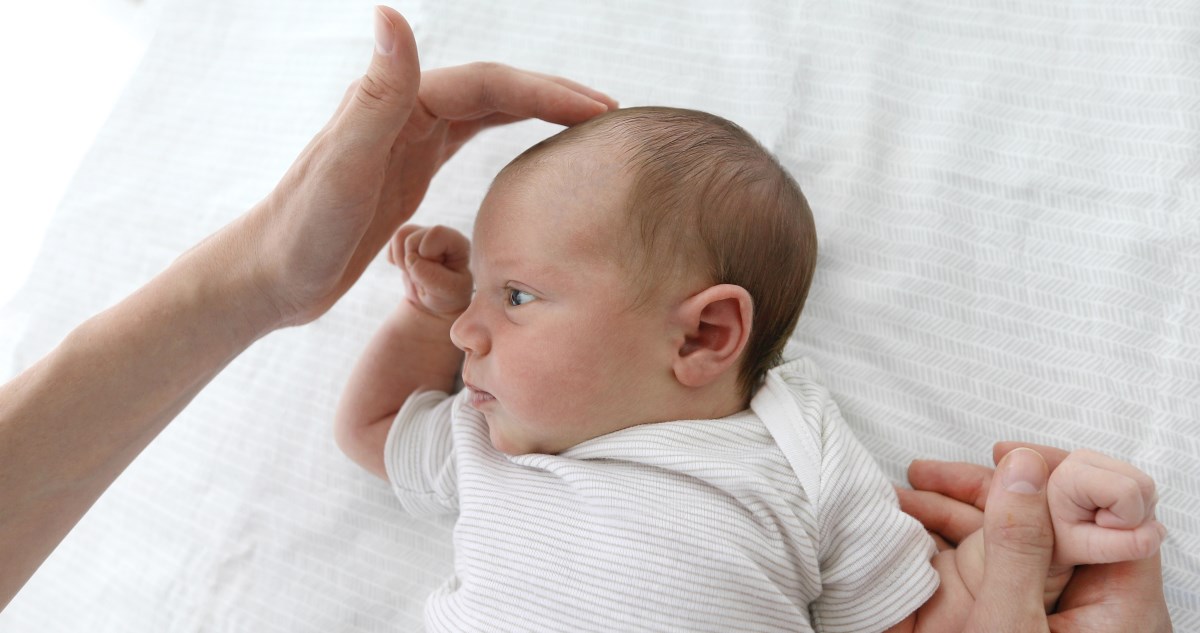
Mom’s Question:
Did I hurt baby’s fontanelle?! I accidentally pushed my baby’s soft spot while trying to grab/right his head when he pulled away suddenly. Have I hurt it or him?
How easy is it to hurt a baby’s fontanel and his brain?
Fontanel Facts & The Risk Hurting A Baby’s Soft Spot (Fontanel)
What is a Baby’s Fontanelle?
A baby’s soft spot, or fontanel (also spelled fontanelle), is made of a tough, fibrous membrane formed where skull bones and sutures join. There are several fontanels in a baby’s head. These fontanels allow for the brain and skull to grow during the first year of life. The sutures, later on, mineralize and solidify to join the skull bones together.
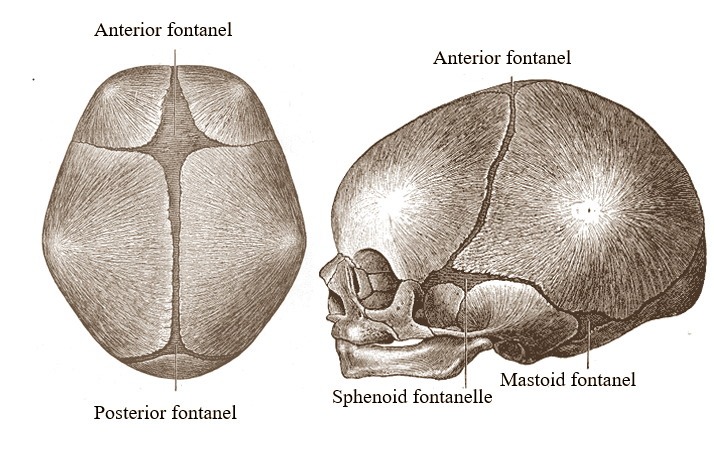
A newborn baby has 6 fontanels, namely:
- Anterior – this is the most significant clinically of all fontanels. This offers insight into the baby’s hydration status and brain well-being. This fontanel closes between 13 to 24 months.
- Posterior – this fontanel closes within 6 to 8 weeks of birth.
- Mastoid (2) – these fontanels close between 6 to 18 months of age.
- Sphenoid (2) – these fontanels close by the 6th month of age.
Characteristically, these fontanels are flat and soft yet firm. A sunken anterior fontanel indicates dehydration, while bulging indicates an increase in intracranial pressure (too much fluid in the brain) that may be due to infection, anatomical abnormality, or hemorrhage.
The image below shows the gradual closure of the anterior and posterior fontanels.

Babies born through VBAC often have quite a funny head shape – an egg–shaped head– due to these fontanels. As moms, we should all be happy that they exist!
This video provides a thorough guide to what the fontanelles are, why we have them, and certain conditions that will affect the fontanelles:
How Vulnerable Are the Fontanelles?
Many parents, myself included the first time, are very afraid even to touch their baby’s fontanels – worried that they will hurt the baby. It is a very special area of a baby’s body and even a target for folk myths as you can read about here. But the soft spot is more like a helmet for the baby’s brain than the opposite. And just think of the pressure on the spot during birth; a baby’s soft spot cannot be that vulnerable!
Certainly, accidents can occur, and direct penetration through the soft spot would happen more easily than through the skull, which is very dangerous. But an unintentional push is not likely to be dangerous unless it is hard. Your child will manifest pain through crying or other abnormalities relating to the brain if he is truly hurt; otherwise, I wouldn’t think too much about it.
So if it is only the case that you happened to push your baby’s soft spot a bit while taking care of your baby, it is very unlikely that he was injured.
If the push was very hard or if you notice any changes in your baby’s behavior (appears extra sleepy, dizzy, or anything like that), do contact a doctor immediately.
Warning Signs from Baby’s Soft Spot
In addition to direct penetration, a hard push, or a fall, other signs on the fontanels (particularly the anterior fontanel) would give you an insight into whether your baby is healthy.
But first, we have to review the normal before we delve into the abnormal signs:
The fontanels are normally soft yet firm, with a slight depression when touched. In examining the anterior fontanel, the baby should be calm. Crying babies may have bulging or full fontanels. The fontanel should be examined at a supine and upright position. It should reveal a soft opening on the head, not tensed when touched. However, a slight pulsation will be felt when you touch it, which is normal.
1. A Swollen or Bulging Fontanelle
Call your doctor immediately if the fontanel is swollen or bulging and tensed when touching it. This should be accompanied by any signs and symptoms indicating a traumatic head injury.:
- Persistent vomiting
- Abnormally drowsy or altered mental state
- Fever
- Limp upper and lower limbs
- Neck rigidity
- Seizures
These signs could indicate increased intracranial pressure brought about by many causes: infection (meningitis, encephalitis), hypoxic-ischemic brain injury, hemorrhage in the brain, brain lesion, mass, or hydrocephalus. This warrants immediate medical care.
2. A sunken fontanel
A sunken fontanel can indicate dehydration. For babies with a history of diarrhea, low to no fluid intake, or a chronic disease, the fontanels are sunken upon examination.
This is usually accompanied by dry eyes (no tears when crying), sunken eyeballs, poor skin turgor, and loss of appetite (no food or fluid intake). This is another red flag. You have to take your baby to the emergency room ASAP.
3. Premature Closure of Fontanels or Small Fontanels
Closure of fontanels as early as 3 months of age is within normal limits; however, we should monitor the head size. Small heads and small fontanels are usually indicative of abnormal brain development. Consult your doctor if your child seems to exhibit this.
Other conditions cause premature closure of fontanels or small fontanels. These are the most common conditions:
- Congenital infections
- Chromosomal defects
- Fetal alcohol syndrome
- Hypoxic-ischemic encephalopathy
- Structural brain defect
- Endocrine problems (hyperthyroidism or hyperparathyroidism)
The premature closure of fontanels yielding an abnormal head shape is called craniosynostosis. Surgery might be needed for normal brain development and growth.
It is not easy as a parent to assess the fontanel. If you are at all worried, talk to a doctor and have your baby examined.
4. Delayed Fontanel Closure or Large Fontanels
Congenital hypothyroidism is the most common cause of delayed closure of fontanels or large fontanels.
Achondroplasia, Down Syndrome, and increased intracranial pressure are also common causes of this condition.
Congenital hypothyroidism is detected during newborn screening. Management includes levothyroxine, which the child may take for a lifetime.
How to Protect My Baby’s Fontnels?
There is not much you need to do to protect your baby’s fontanels apart from protecting your baby from falls or head trauma. Make your home baby-proof by e.g., lowering your bed height, barriers on the stairs, and other elevated parts of your home. Also, never leave your baby alone on the bed or the changing table, even when a newborn.
You do not have to worry about touching your baby’s fontanelles.
Conclusion – How Easy Is it to Hurt A Baby’s Fontanelle?
Fontanels have a significant role in childbirth. They are also indicators of your child’s health status. However, an accidental push to the fontanel without force or effort should not hurt your baby.
Always monitor for other signs or symptoms like incessant crying, abnormal drowsiness, and vomiting, as these could help you assess if your child is suffering from a traumatic head injury. Otherwise, your child should be healthy.
Warm wishes,
Paula
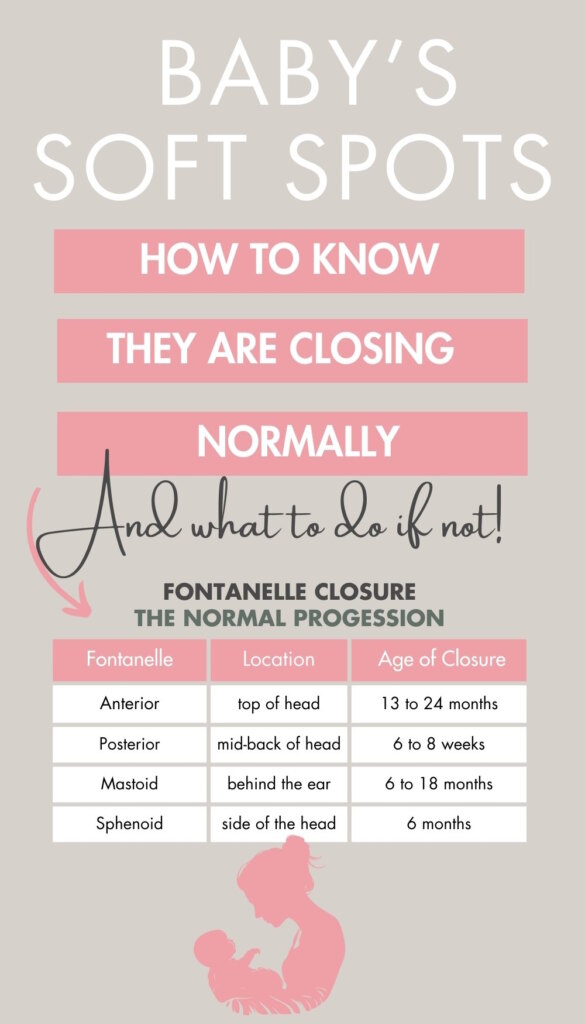
Read Next
- Fontanelle Myths
- The baby fell off the bed – concussion warning signs
- Accused of child abuse – baby fell
- Baby’s Head Shape: Why It’s Uneven, When to Worry
Research References
- Craniosynostosis
- Congenital hypothyroidism
- Anatomy, Head and Neck, Fontanelles
- The Abnormal Fontanel
Add your comments below.

Paula Dennholt founded Easy Baby Life in 2006 and has been a passionate parenting and pregnancy writer since then. Her parenting approach and writing are based on studies in cognitive-behavioral models and therapy for children and her experience as a mother and stepmother. Life as a parent has convinced her of how crucial it is to put relationships before rules. She strongly believes in positive parenting and a science-based approach.
Paula cooperates with a team of pediatricians who assist in reviewing and writing articles.

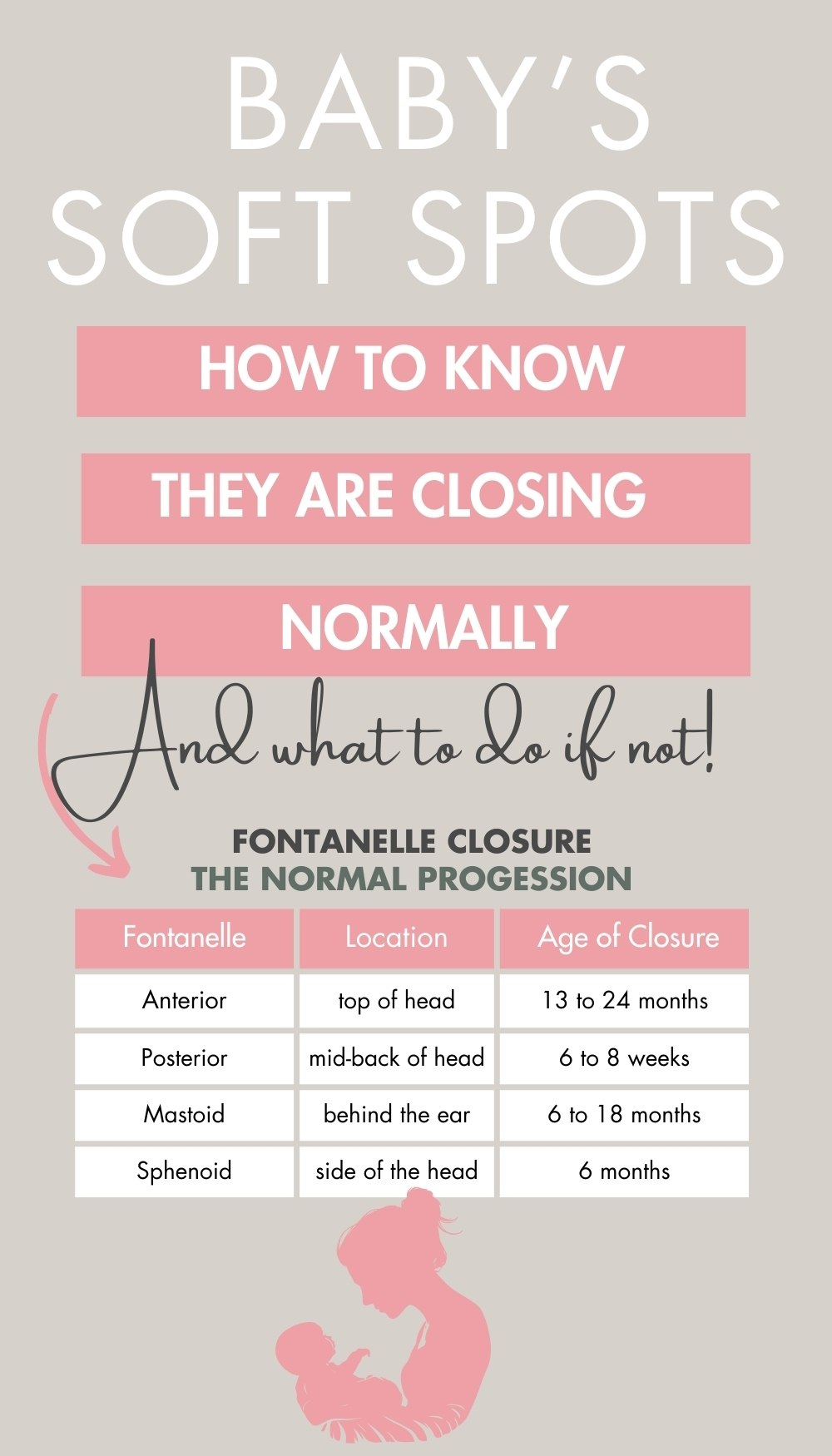

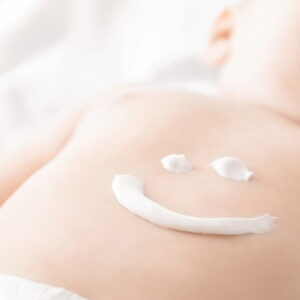




The baby’s fontanelle is tender, is it not? Am I wrong to call it a “weak spot”?
I accidently pushed on my nephew head he is only 2 weeks I felt like did it hard so I was like brushing is hair with my fingers and It felt like a dent and Im scared I did something to him idk if I should tell my sister it was on accident idk if it was on the fontanelle but it’s worrying me .-p.s this happened rn and I looked it up real quick 😥😣😭 idk if u can reply if yes tell me what to do 😥
I am a sister of a 2 old month baby girl! I once carried her and noticed she had a soft spot all I wanted to do was run to the doctor and ask bout the soft spots she had on her head! I texted my friend and she told me they where normal but not to touch them hard!! So I darted calming down (: if u are a mother or an older sister like me…don’t be scare of soft spots there normal (: it’s part of growing up for babies !!!
P.S thank god she is fine